The Gois passage is submerged by the tides in the bay of Bourgneuf
The Gois passage is a submersible road in the Bay of Bourgneuf, which connects the island of Noirmoutier to the continent in the department of Vendée. Two times a day, for one hour or two, the sea withdraws and the road becomes visible and accessible to traffic. For the rest of the day, it is flooded under 1.3 to 4 meters of water and cannot be used. Although pavements similar to the Gois passageway exist in other parts of the world, the unique character of the Gois passage lies in its exceptional length 4.5 km. In the 18th century, the pavement was much longer because the old dikes were farther from the coast.
Well before the creation of the passage, the only way to reach Noirmoutier was by boat. Then the bay of Bourgneuf gradually went down and the pavement was formed allowing men and animals to pass through the water to the island. In fact, the name "Gois" comes from the verb "goiser" which means Walking through his sabots . It was in 1701 that the passage that connects the continent to the island was first mentioned on a map.
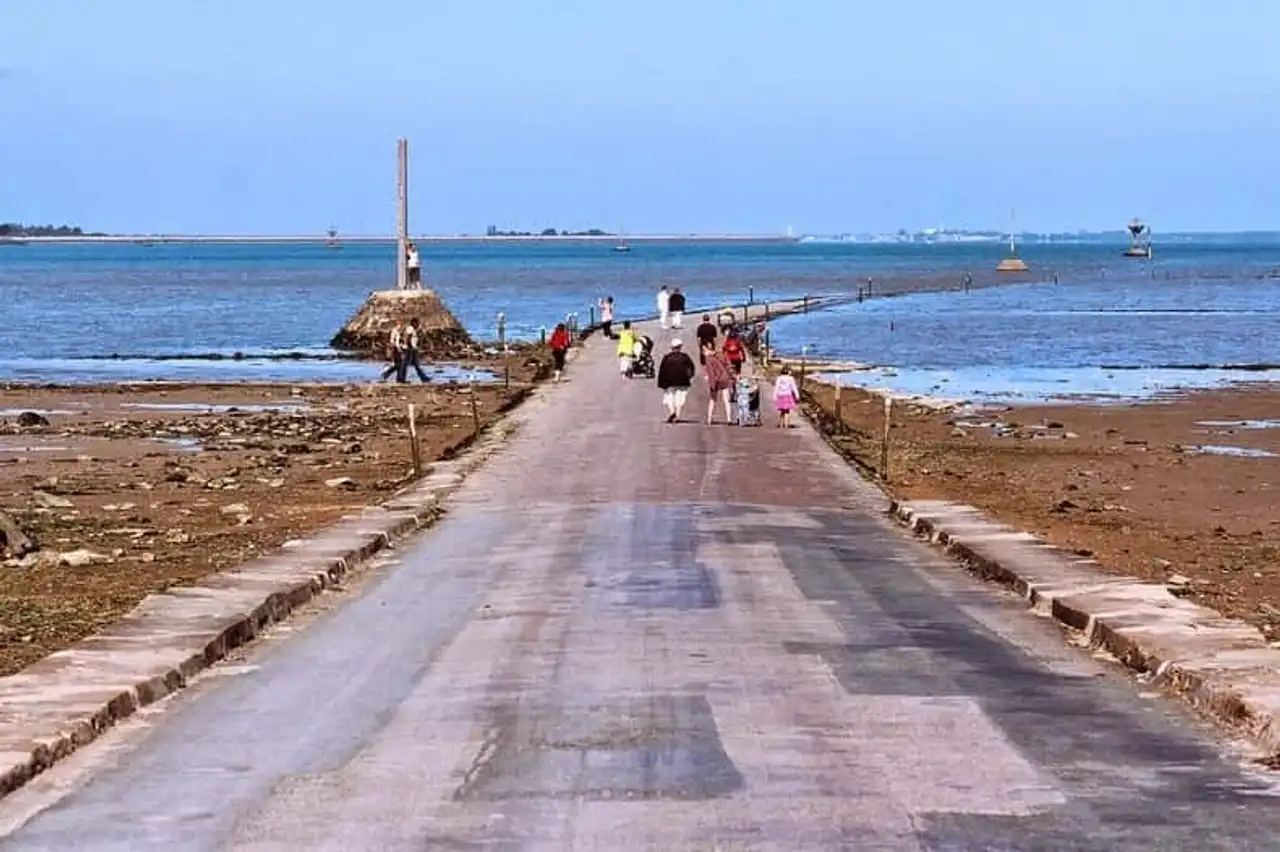
This curiosity exists since the collapse of the plateau that gave birth to the Bay of Bourgneuf. For more than a thousand years, the two sea currents in the north and south have been hitting the bay, leading to the creation of a high ground, which has been constantly moving before stabilizing, almost a century ago at the current location. Later, stabilization work was carried out to prevent the sand from moving and a paved road was planned. Around 1840, a regular carriage service was organized. In 1971, a bridge connecting the island to the continent was built as an alternative route to the island of Noirmoutier.
Crossing the road is considered dangerous. Although the tide schedules (see below) are precisely marked on each side of the pavement on large panels, the water arrives at an incredible speed and many tourists get caught every year. High rescue tours are located throughout the Gois passage for those caught between the tides.
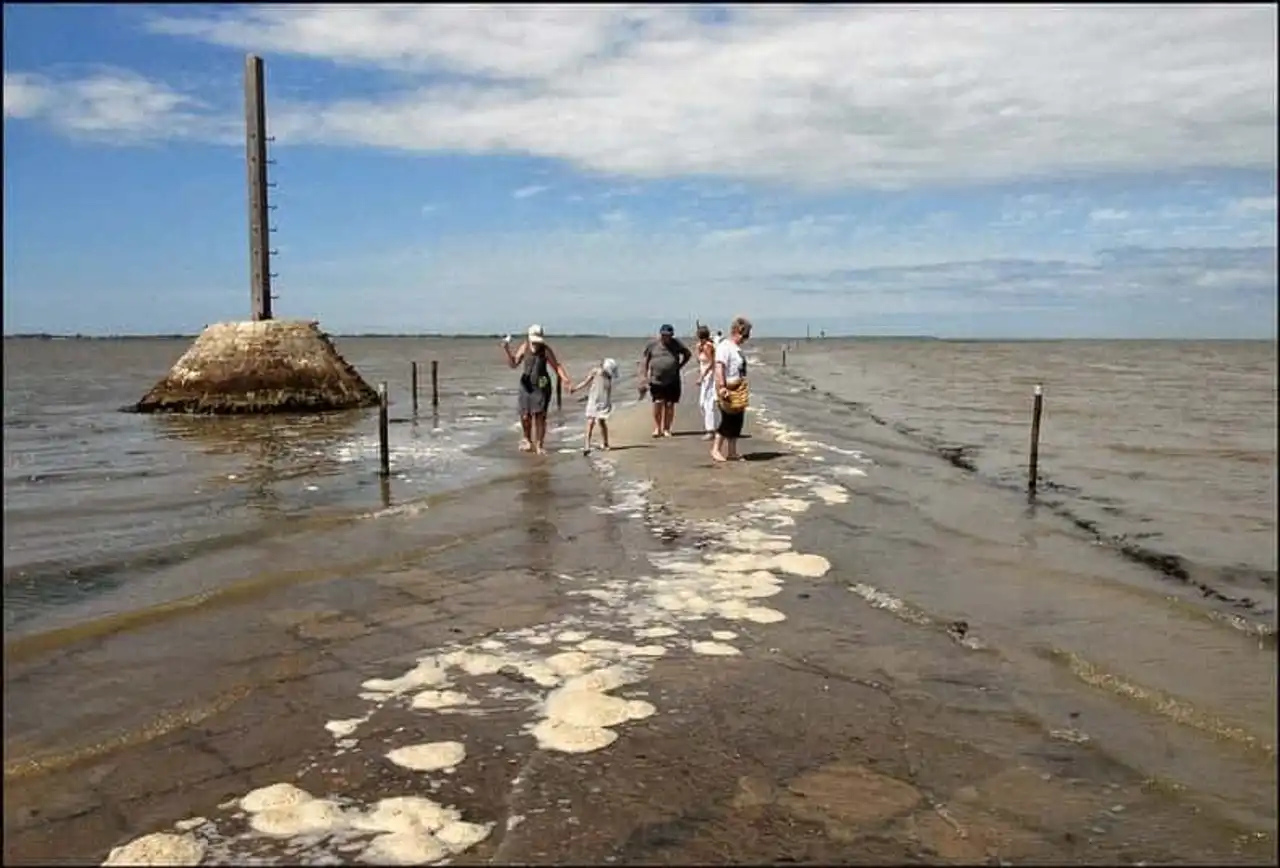
At low tide, hundreds of tourists and locals come on foot, by bike or by car on the Gois. The passage attracts much for the collection of edible shells such as oyster, because it is easy to find on exposed sand.
Since 1986, an unusual race through the road, the Gois Foulées, takes place every year. In 1999, the Gois crossing also welcomed the riders of the Tour de France.
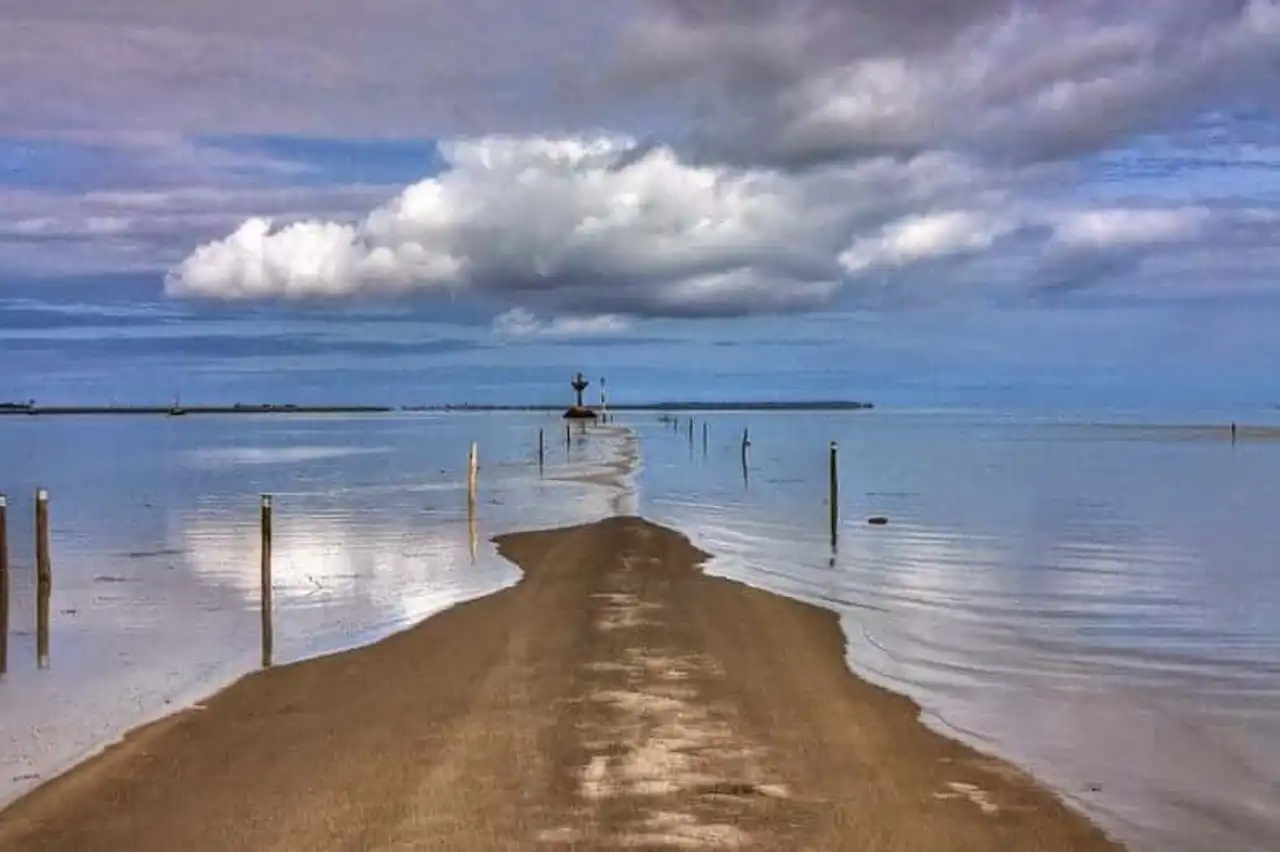
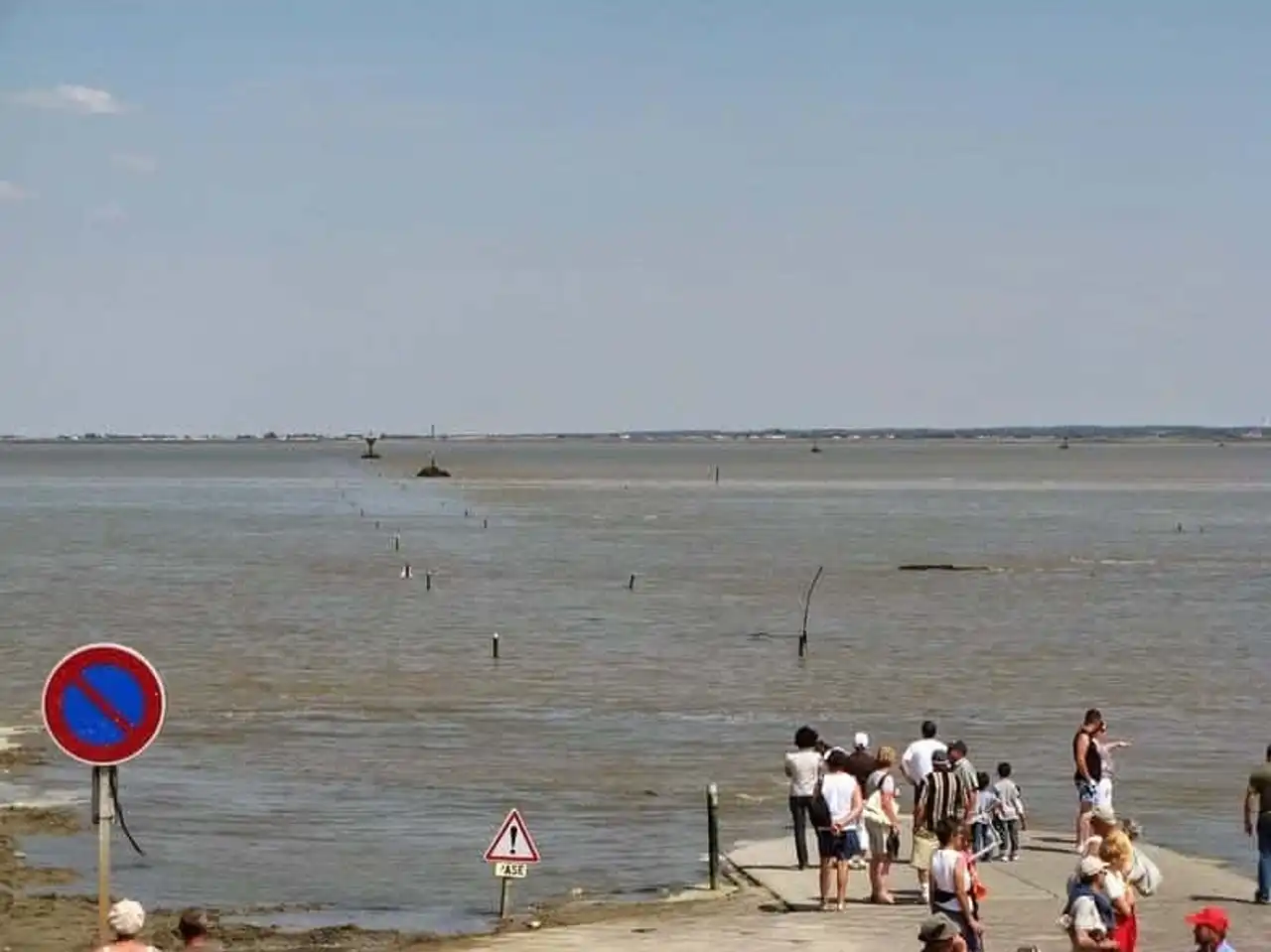
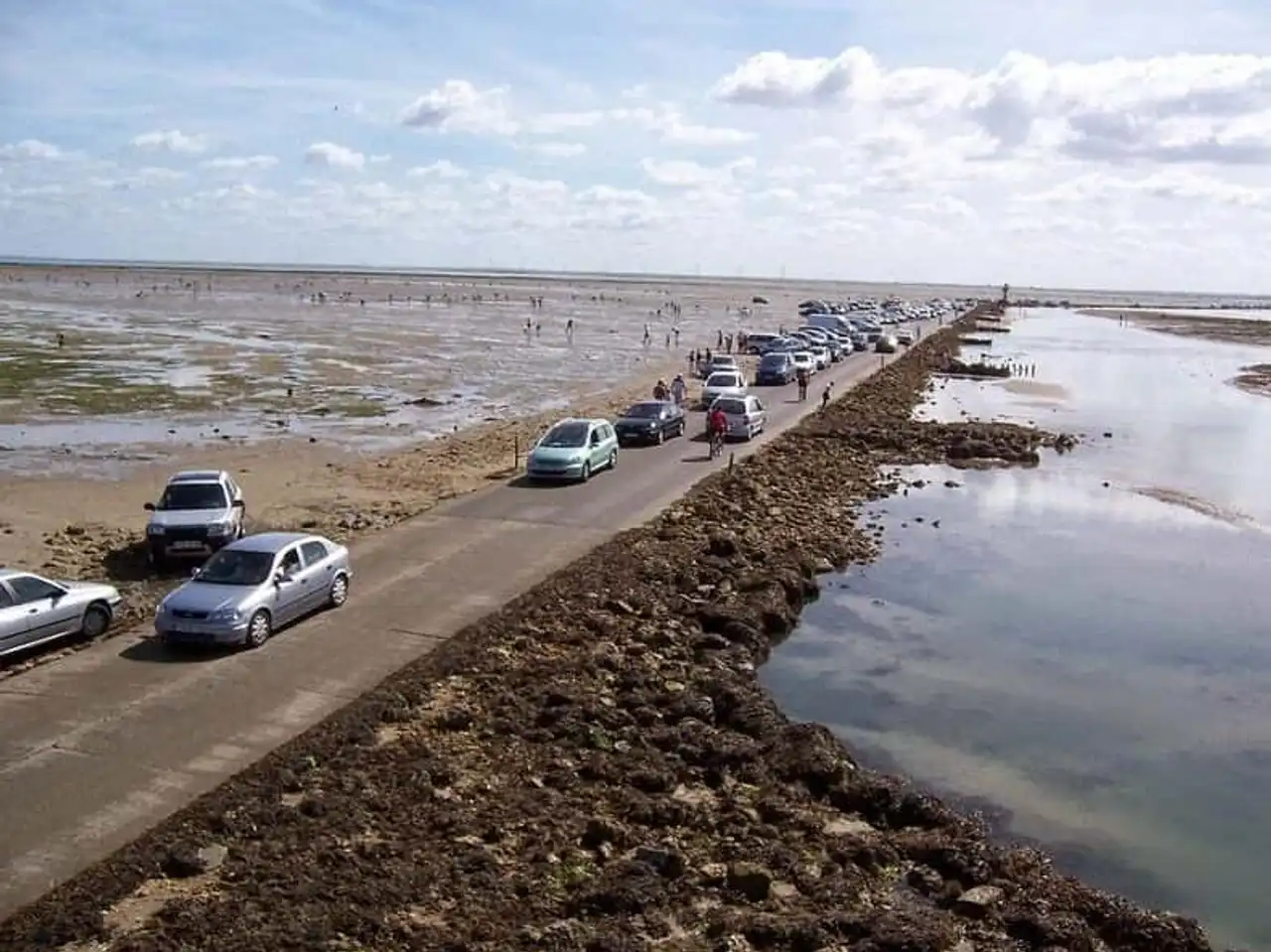
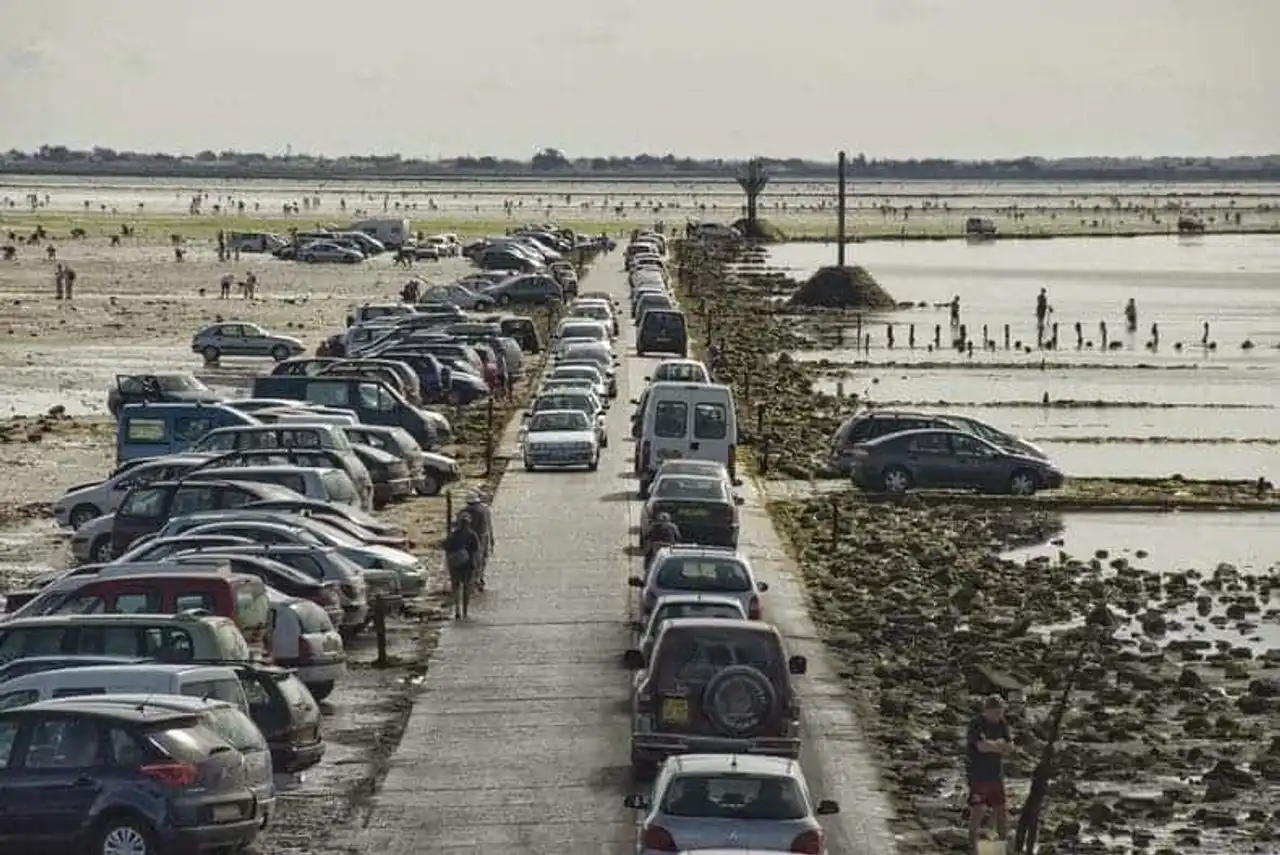
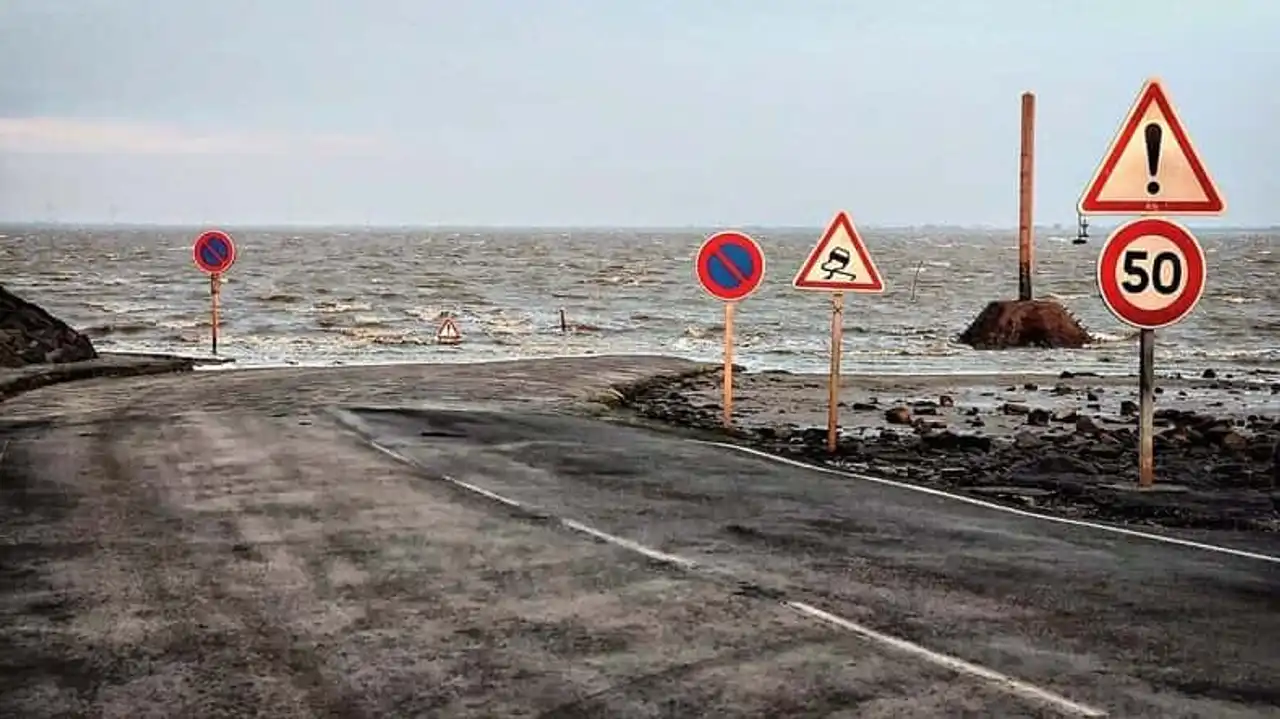
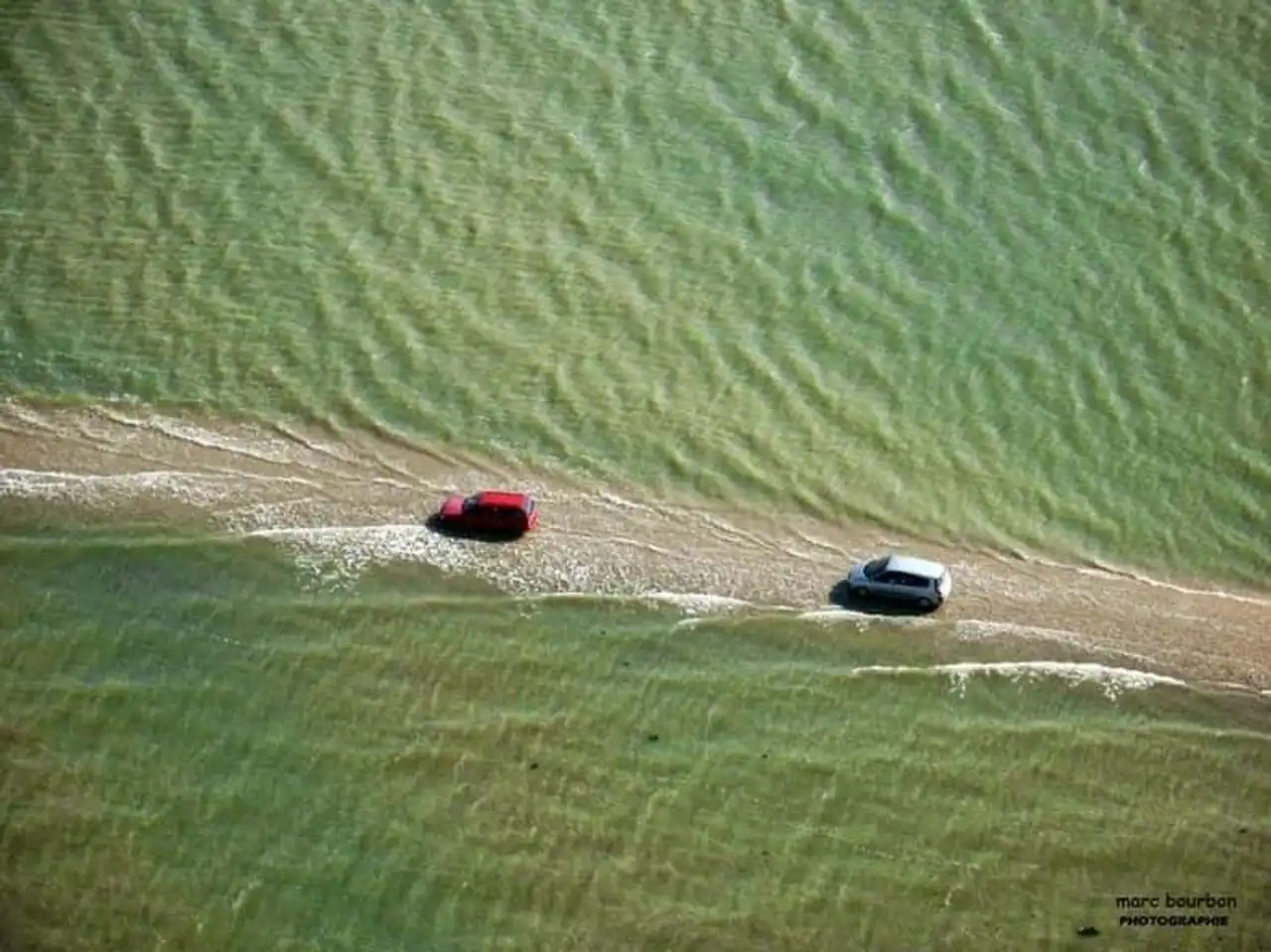
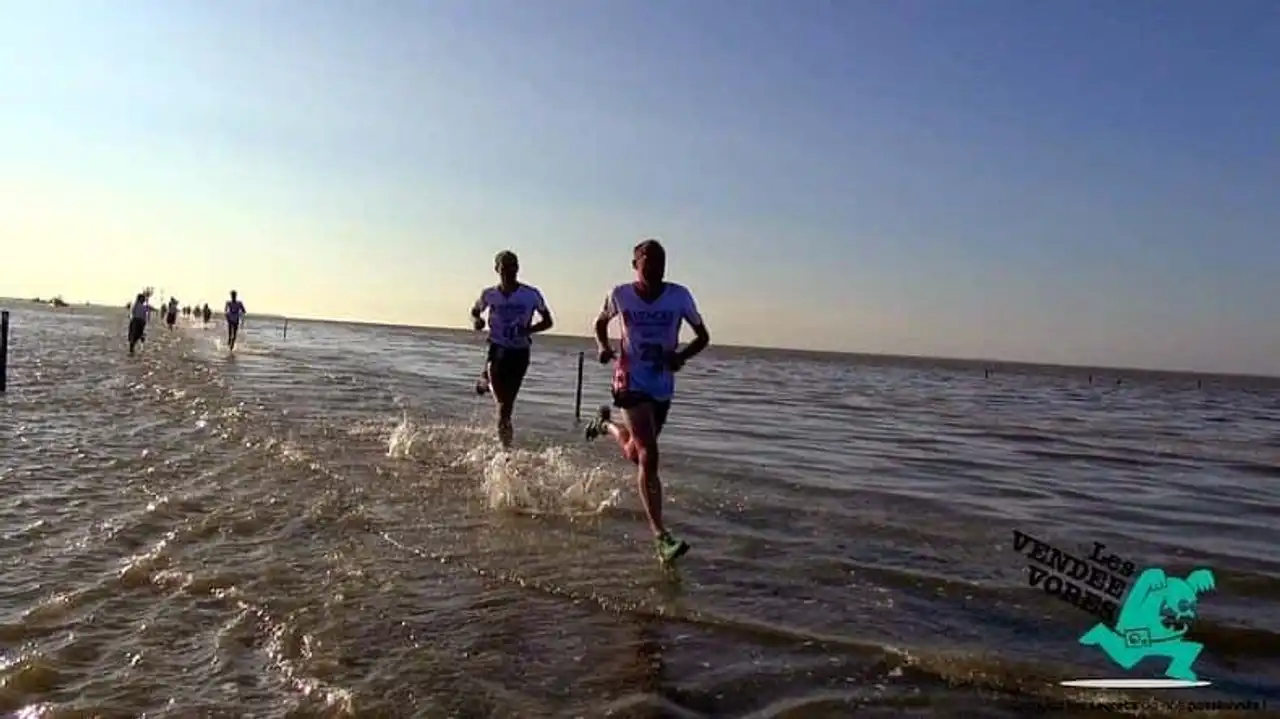
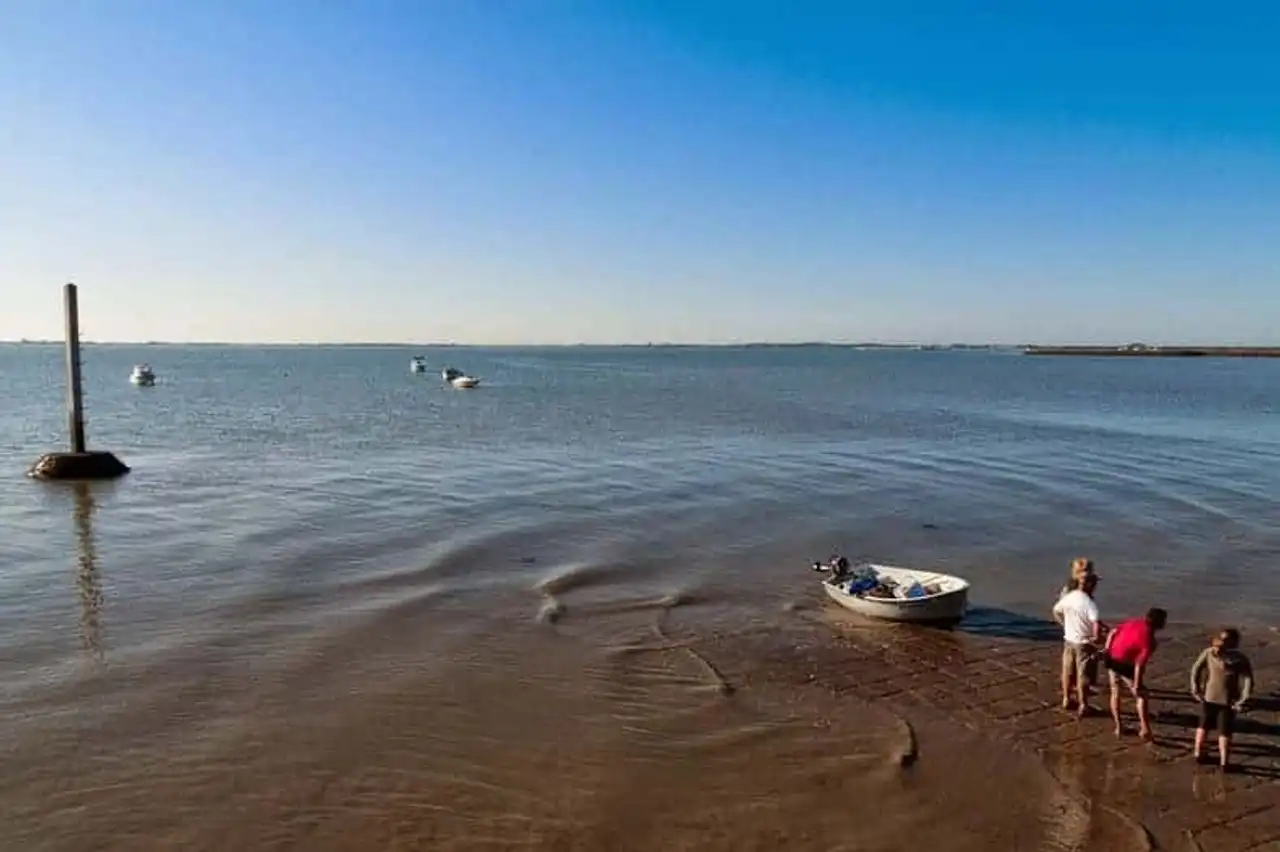
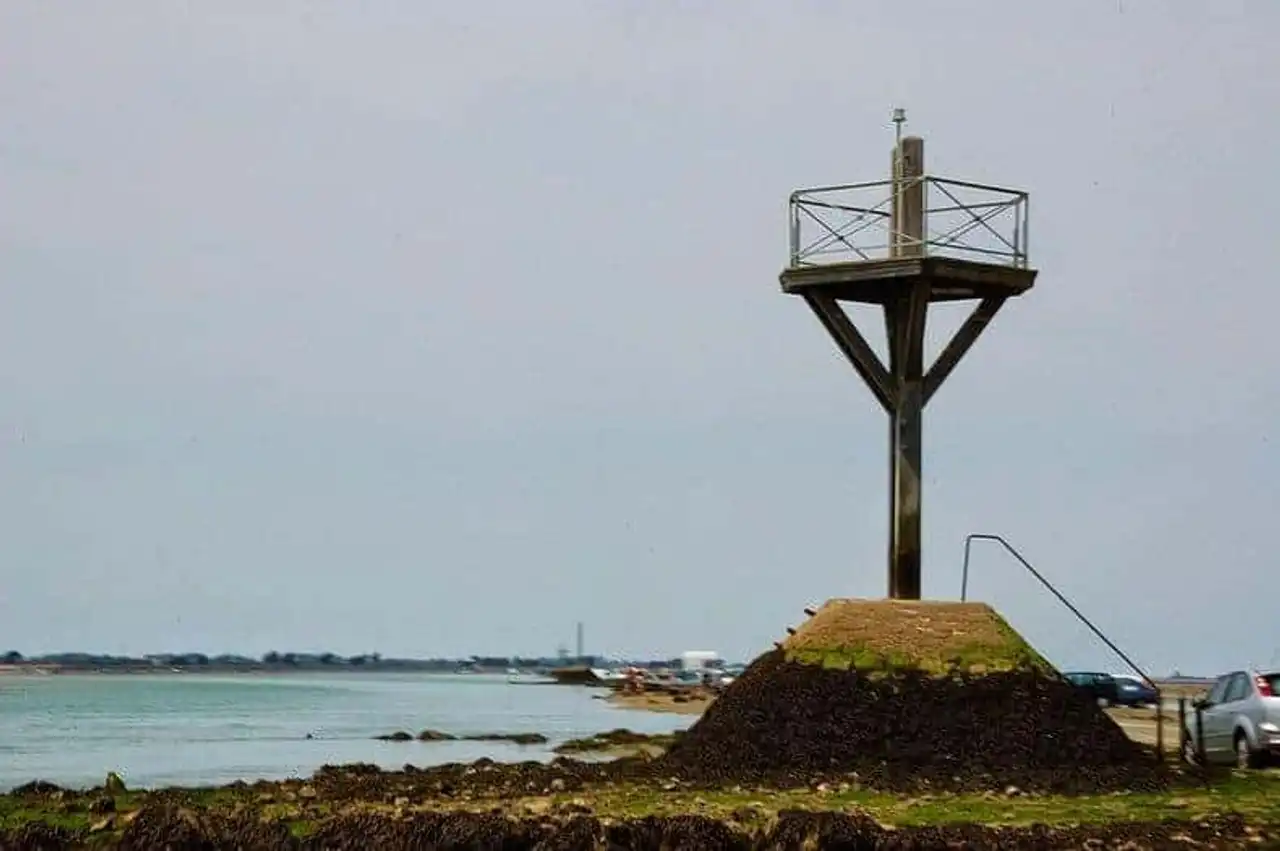
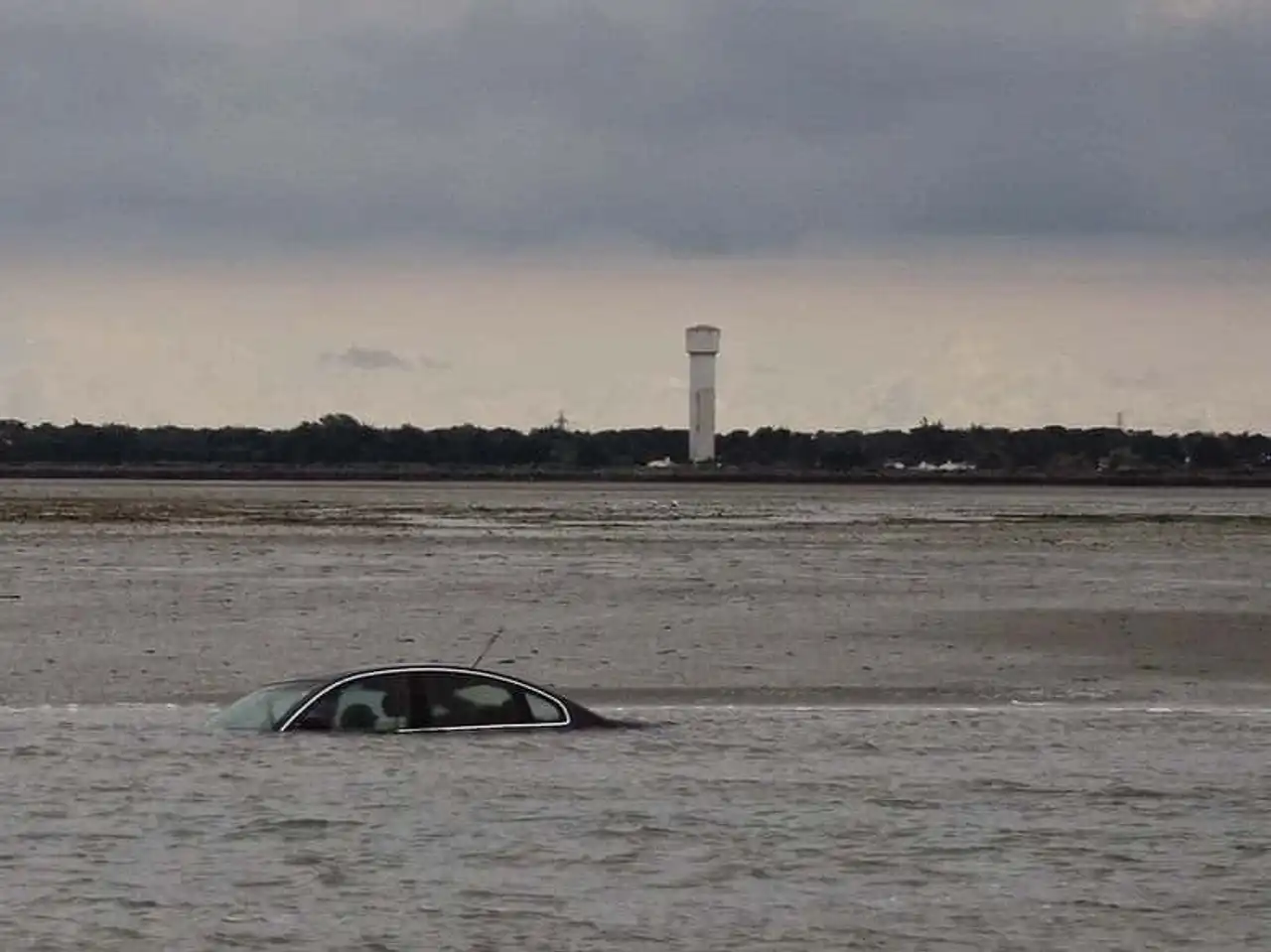
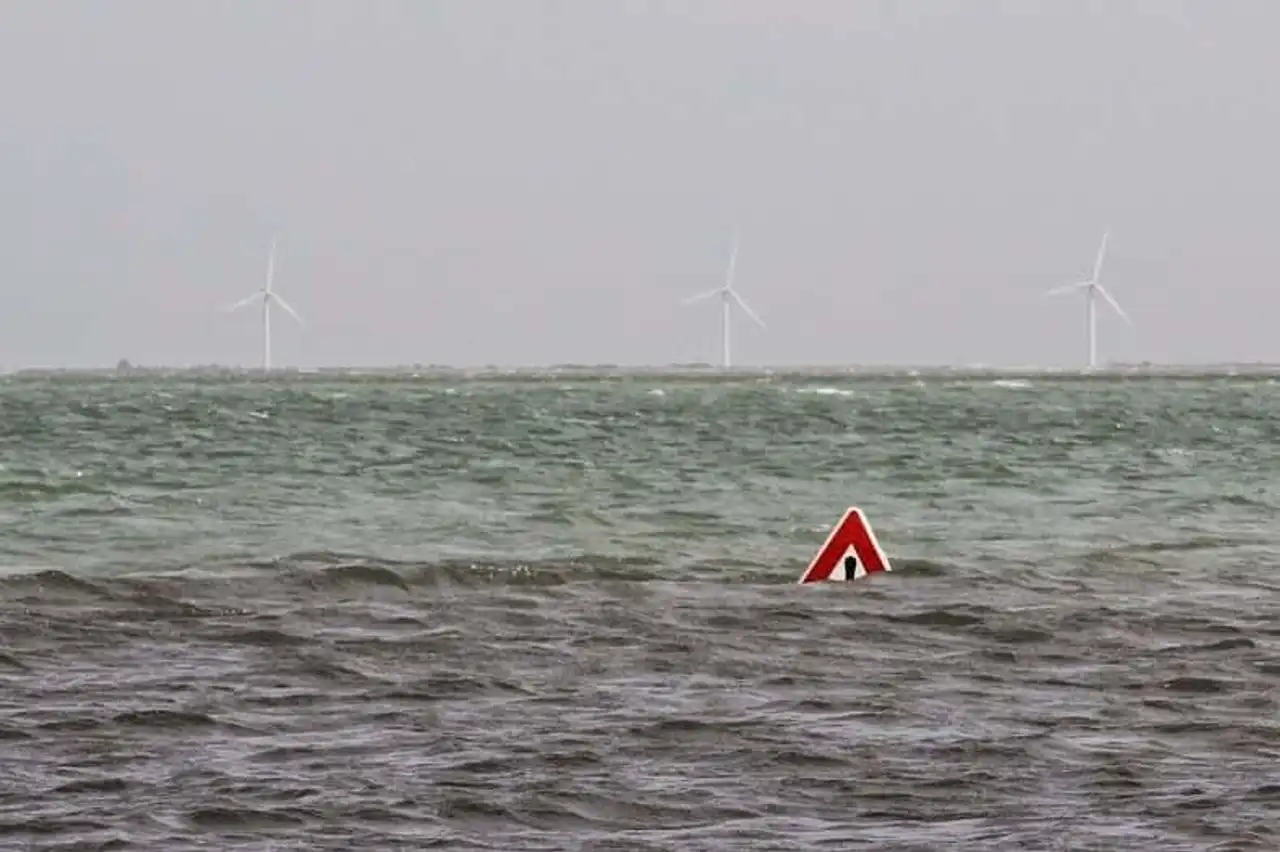
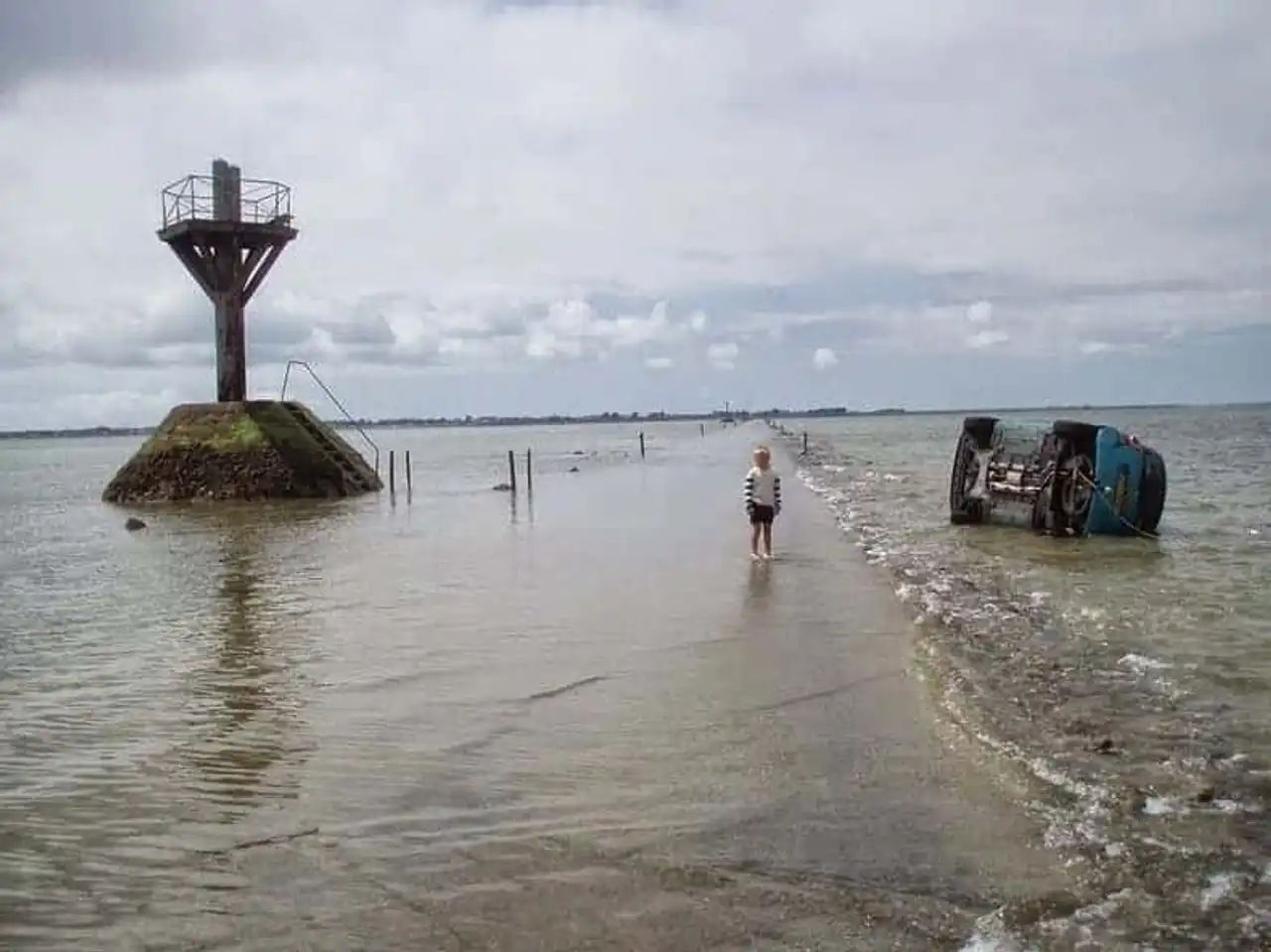
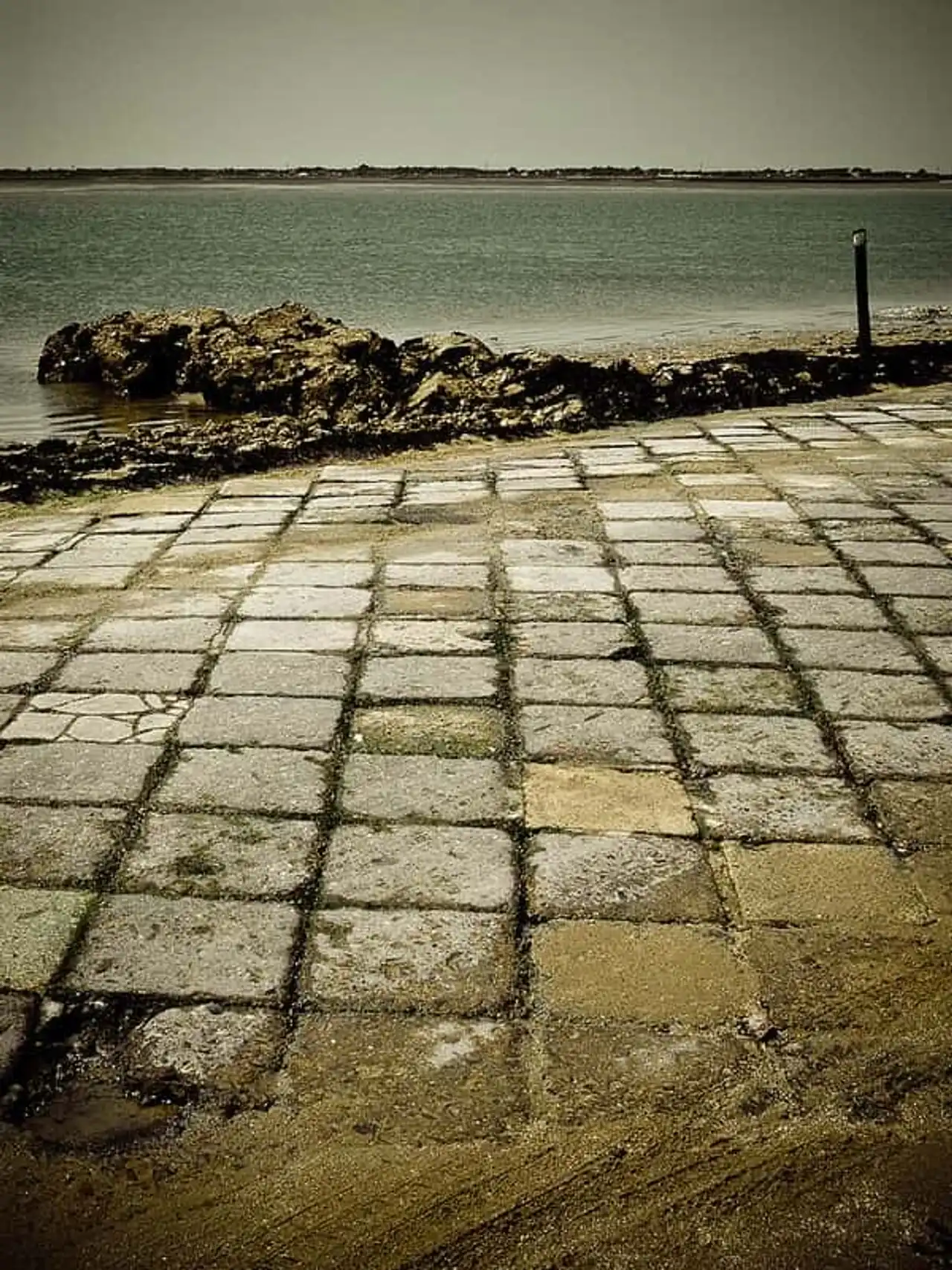
Here are the tide schedules for 2014:
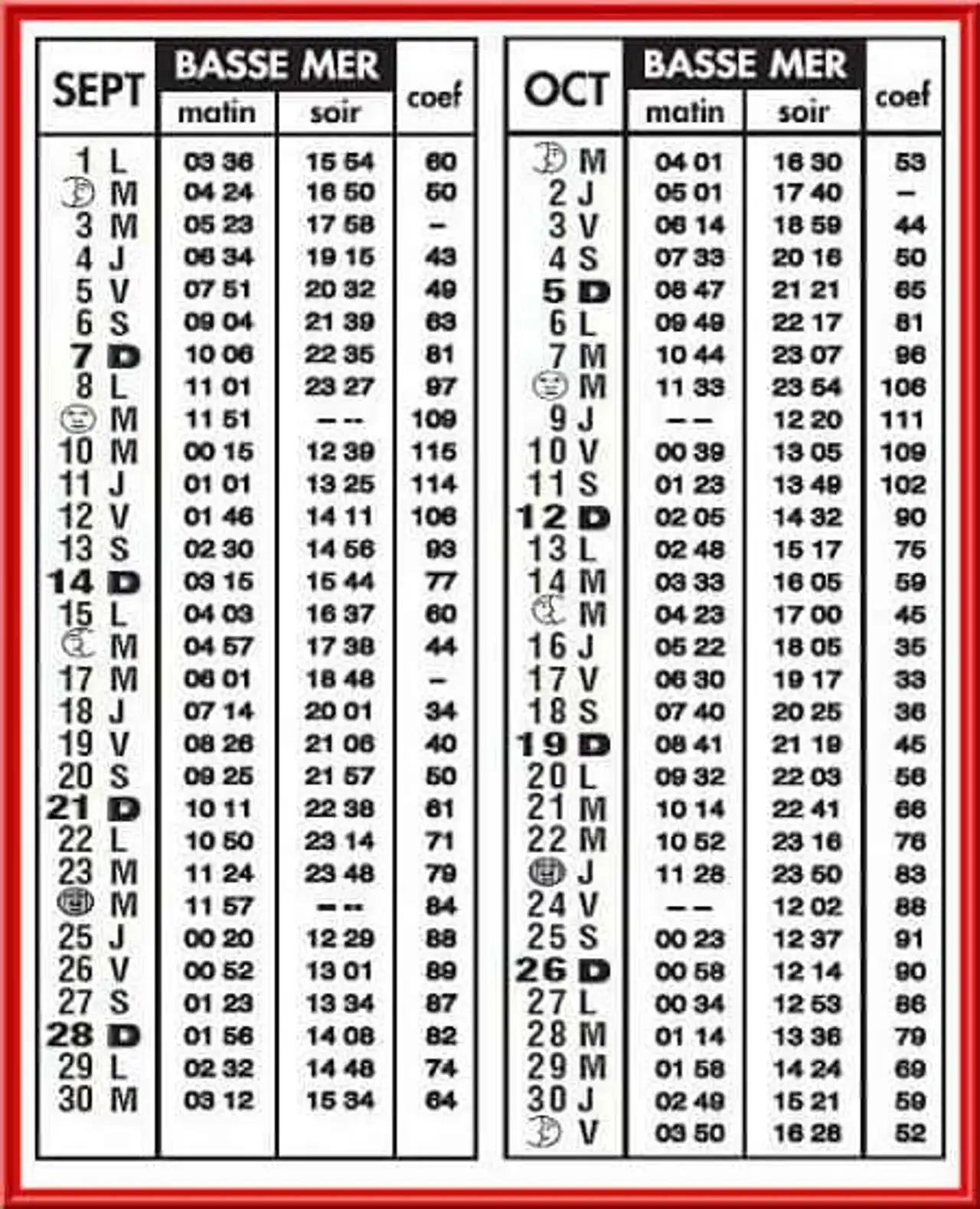
Credit – www.passagedugois.com
Sources images : 1 , 2





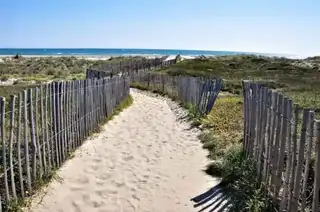

Loading comments ...